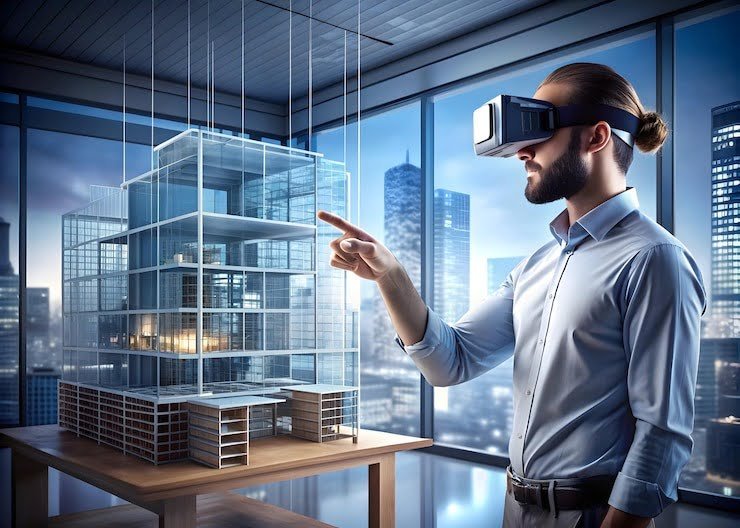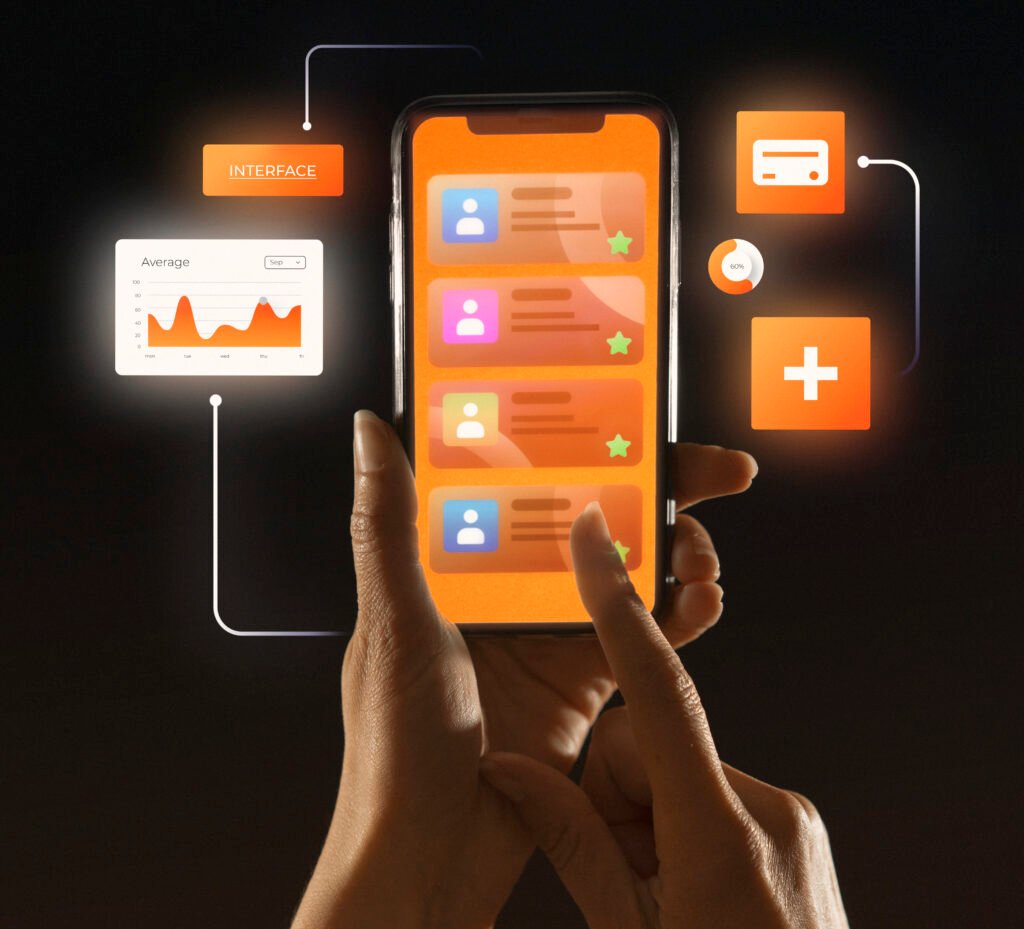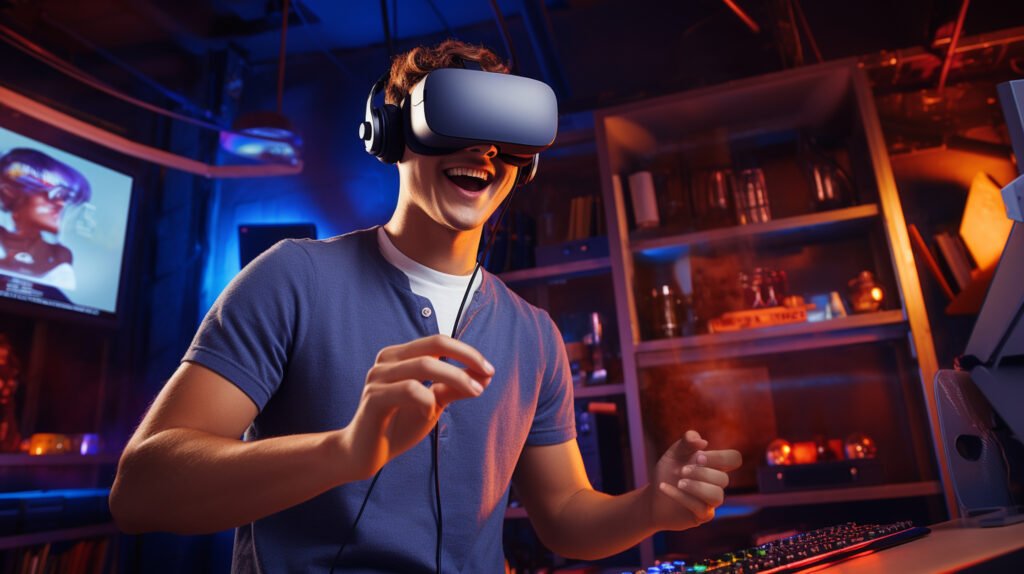In an environment characterized by art and sciences, architecture remains an ever-evolving field whose process of creation is accelerated by technology in presenting and planning. Two of the recent revolutionary technologies in architecture visualization include Virtual Reality and Augmented Reality. Both have their own benefits and are defining the coming architecture in different ways. However, which one of them will turn the tables more than the other? Alright, let’s look more closely at what VR and AR are doing for architecture and which one might be the way of the future when it comes to visualization.
What VR and AR are in Architecture
Virtual Reality (VR) transports users into a world that is purely computer-generated. Just like in reality, architects and clients can navigate through the model wearing VR headsets with the level of immersion in a 3D model. Such an approach offers a close-to-real-life sense the space and scale of the building, as well as the design concepts used in its construction. On the hand, Augmented Reality (AR) adds digital information on top of real-world environment by creating a composite view. By the use of AR glasses or employing smartphone applications, users can be able to visualize how the design will look when placed on an actual context or environment.
The Benefits of the Use of VR in Architectural Design Representation
Immersive Experience: Virtual reality entails complete immersion in a virtual environment in which users can engage themselves in a simulation of real-life experiences. It is especially useful for drawing and analyzing designs as well as evaluating spatial orientation. A study by The New Media Consortium also showed that 78% of the architect that adopted the technology observed increased client understanding and satisfaction from VR presentations.
Detailed Design Review: Through VR, architects are able to preview building and conducting extensive tours, and even realize various design flaws before beginning of construction. This proactive approach is useful in making modifications at an early stage of the design hence cutting down on biking and costs. According to the Forbes report, VR can cut down on errors by approximately 30%.
Enhanced Client Engagement: VR can enhance client presentation in a way that they introduce more attraction and interaction. Clients can put a face to a design since they are visualizing the building as though it is already constructed before the construction phase begins and so this helps them make better decisions and reduce on the surprises of the construction phase.
Elevate your project’s potential with our architectural visualization company, where we turn your concepts into breathtaking 3D visuals that captivate and inspire.
The Pros of AR in Architectural Imaging
Real-World Context: AR stands out when it comes to incorporating the digital representations into the physical setting. Here the proposed or initial concepts of new works are overlaid on live buildings and spaces for the architect or client to view. From Architect Magazine, AR can enhance design accuracy by forty per cent by clarifying the scale and position of objects in relation to other objects.
Real-Time Feedback: AR can be adapted during its implementation and that feedback is instant. Some of the benefits include; since the client can physically see design changes on the structure, any change can be visualized on the spot making the design process smoother.
Accessibility and Convenience: AR applications are more probably than VR in part, because the applications of AR are easier. They showed that with popular usage of smart phones and tablets provided with augmented reality tools, it is easy for clients and architects to have access to design models without the help of special equipment.
Architectural rendering companies specialize in creating high-quality visual representations of architectural designs, helping clients and stakeholders visualize projects with stunning clarity and realism.
Making the Choice: VR Compared to AR
However, as shown above, both VR and AR have their advantages, and the switch between the two scenarios depends on the requirements that are set to the result. The collaboration with VR is perfect for delivering the interesting experience and the detailed design review, primarily when the overall design is pretty large and infrastructure is challenging. AR, on the other hand, is weak in adapting designs with the current settings and provides immediate feedback, which are crucial when discussing clients and making changes on site.
Thus, the usage of both, VR and AR, in the process of the architecture visualization might become more widespread as the technology develops. While architects may employ VR for creating multiple design possibilities, AR can be used for conveying ideas to the clients and making the final changes based on the environment.
Conclusion
Thus, VR and AR can be considered to be very valuable tools for architecture visualization as they complement each other by providing unique values for architecture design. This makes VR effective in making users interact with fully detailed environments in a simulated manner, mainly for testing spatial designs in controlled environments. In contrast, AR blends the digital with the physical environment applying use value and real-time modifications to designs in actual spaces. In the future, with the development of technology, both technology will be integrated together, which provided architects with a full range of tools for visualization of ideas.











